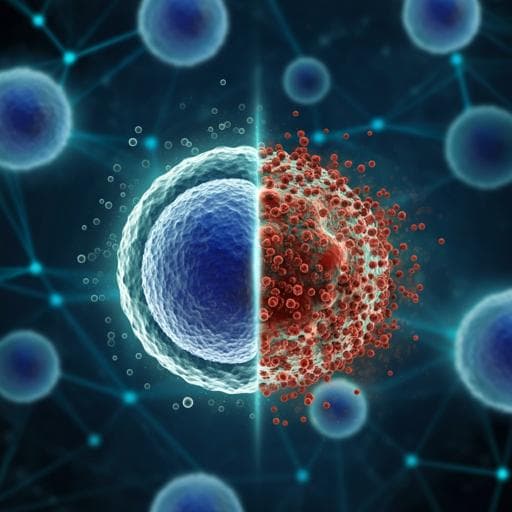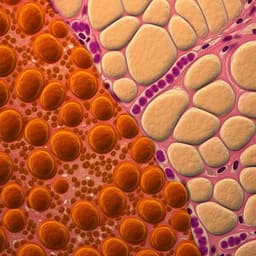
Medicine and Health
Peripancreatic adipose tissue protects against high-fat-diet-induced hepatic steatosis and insulin resistance in mice
B. Chanclón, Y. Wu, et al.
Discover how peripancreatic adipose tissue (PAT) plays a protective role against metabolic disturbances in obesity. This exciting research by Belén Chanclón and colleagues uncovers the enhanced glucose uptake and fatty acid oxidation of PAT in both lean and high-fat-diet-induced obese mice, highlighting its significance in combating obesity-related issues.
~3 min • Beginner • English
Related Publications
Explore these studies to deepen your understanding of the subject.







